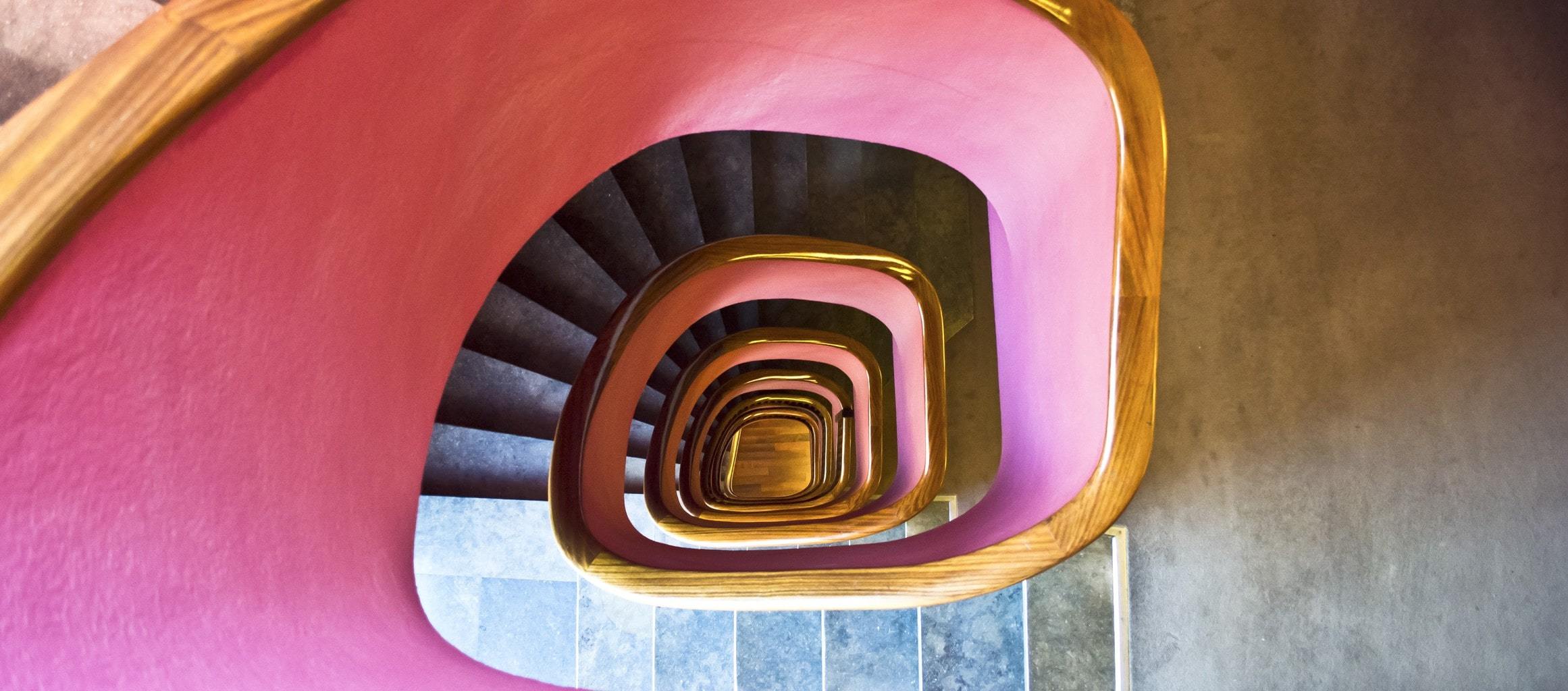Composing an image consists of organizing the elements that make it up so that the result is a harmonious, balanced and aesthetically attractive set. You already know some tools to improve the composition of your photographs . Today I will talk to you about a very powerful and easy to handle perspective.
WHY IS PERSPECTIVE IMPORTANT IN PHOTOGRAPHIC COMPOSITION?
The real world is three-dimensional and our eyes see it that way because, being located in different positions, each one picks up on their retinas a slightly different image of the reality in front of them. With these small differences, the brain calculates the distance at which the elements are. The calculation of distances is what places the objects displayed in three-dimensional space, obtaining a sensation of depth or volume. Photography, unlike the real world, is an art of only two dimensions. Even so, we perceive depth in the images. Why is this happening? Well, it happens thanks to perspective, or what is the same, the visual illusion perceived by the observer and that helps him to determine the depth and situation of objects at different distances. Through this technique, in art and photography a three-dimensional world is projected onto a two-dimensional surface. How is it achieved? Controlling the variation in the size of the objects or subjects in the image, superimposing them and placing those that are closer below and those that are further away above.
If you learn to master this technique, you will have a powerful photo composition tool that will help you achieve really attractive images. If you want to know how, keep reading, with some basic concepts and some examples, you will learn what it takes to look through your camera's viewfinder with another "perspective" ? .
TYPES OF PERSPECTIVE IN PHOTOGRAPHIC COMPOSITION
The important thing is to know the different types of perspective that exist and that you can apply to your photographs, which is what really interests us.
LINEAR PERSPECTIVE
This is a form of perspective geometry in which parallel lines are represented as converging at one point, known as the vanishing point, thus giving the illusion of depth and distance.
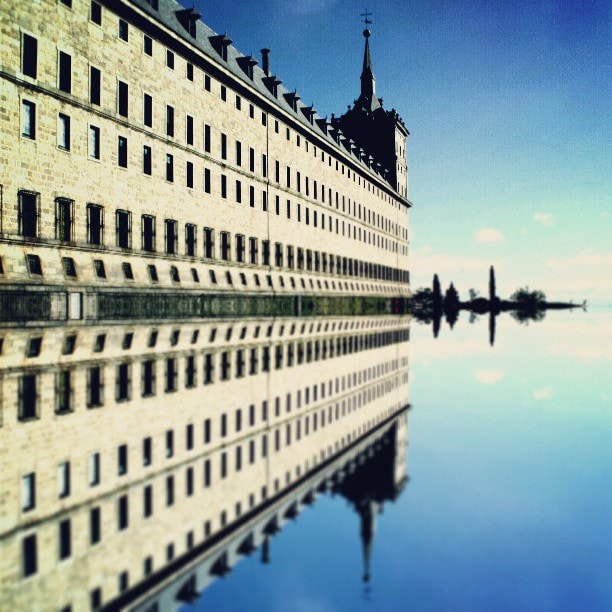
This type of perspective can be enhanced in two ways:
- With a wide angle : These lenses increase depth and exaggerate perspectives. Look at this example.
- With the shooting angle : depending on the angle from which we shoot, the perspective will be enhanced or the opposite, we will eliminate the sensation of depth. With the high and low angle you will increase the depth and with the nadir, zenithal or at the same level of the subject, the sensation of depth will be reduced resulting in a flatter image. If you don't know these angles, don't worry, in the following images I explain each one with an example and that way you will understand it better.
- By the size of the objects: large objects are interpreted as close while small ones are understood as far. If you play with this effect you can achieve results like this. At first glance they appear to be two figures of the same size shaking hands, but this is not the case. The doll is placed in the foreground, while the girl is much further away, in this way she appears smaller, matching the size of the doll.
- By the position of the objects: if an object covers another, it is because it is in front of it. If they are not covered, it can give the impression of being on the same plane, instead of one in front and the other behind.
-
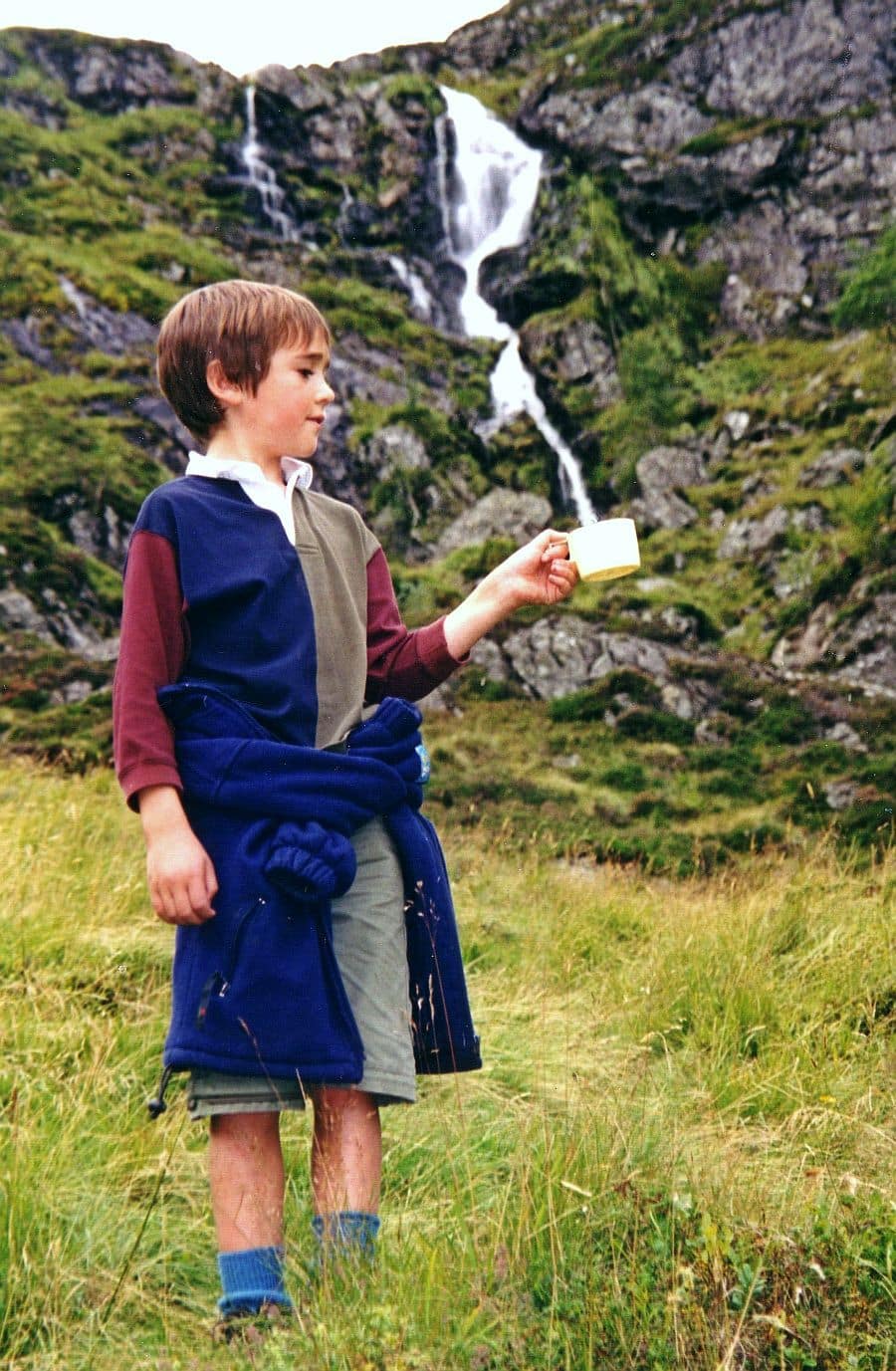
-
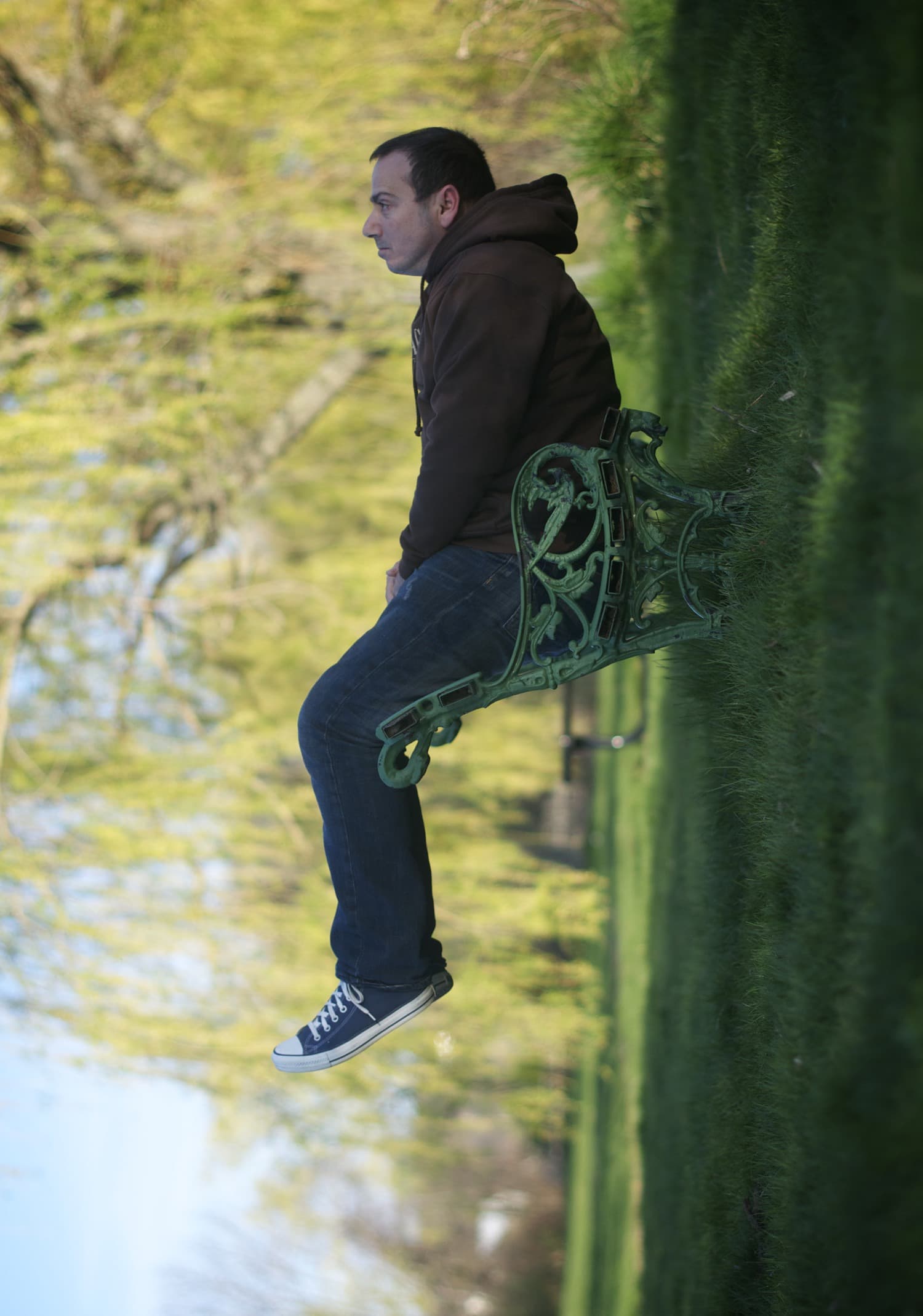
-
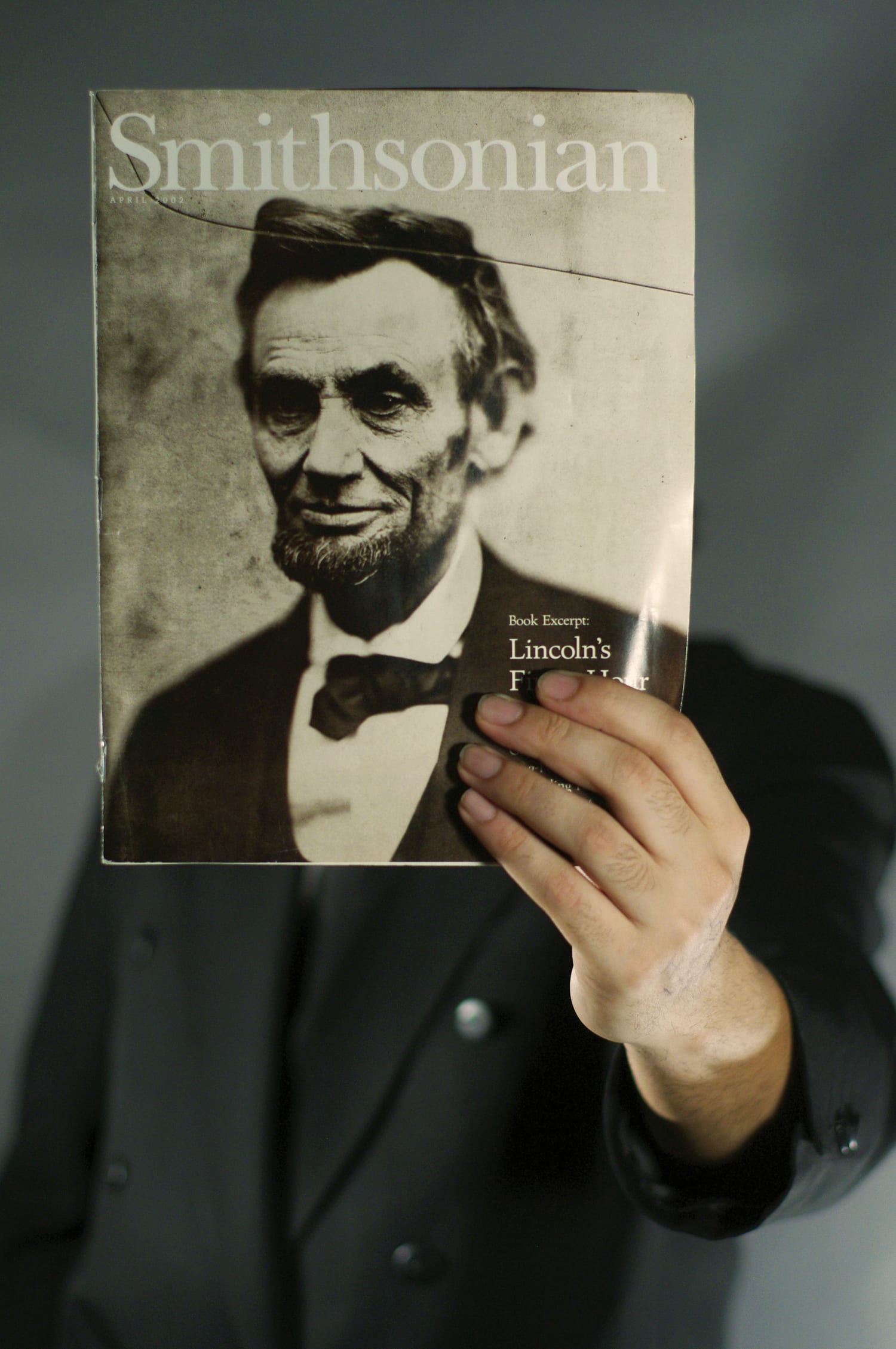
-
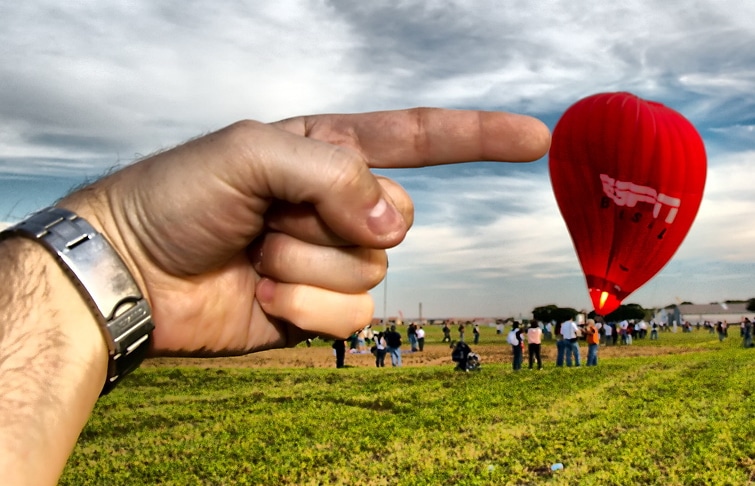
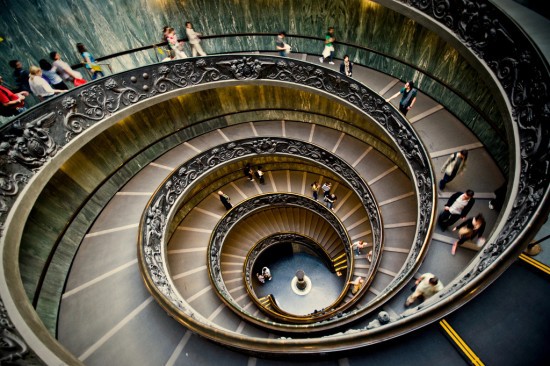
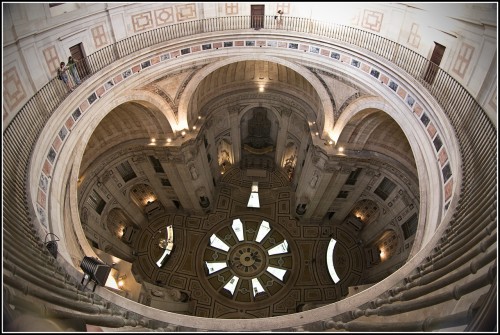
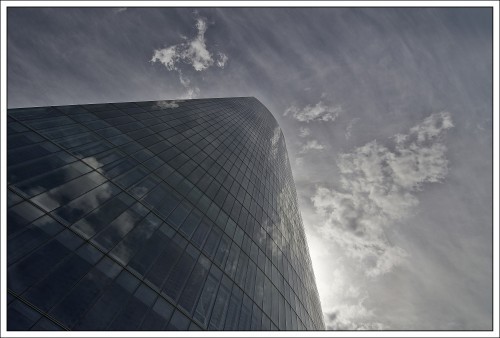

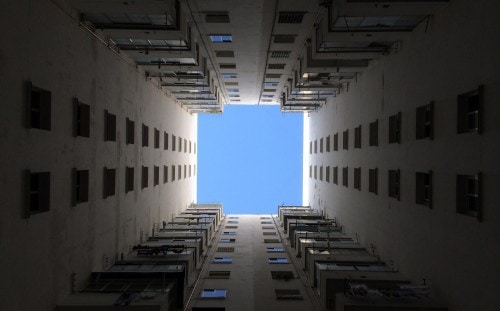
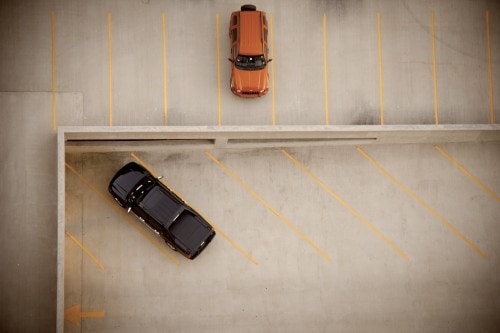
As you can see, in the first two cases the sensation of depth is greater, while in this last image the cars seem to be on the same plane!
AERIAL PERSPECTIVE
It is also known as atmospheric perspective and it can be enhanced thanks to environmental conditions, such as rain, fog... Especially in landscapes, the farthest planes appear less sharp and with bluish or grayish tones that the eye interprets as more distant. , since cold colors are interpreted as further away, while warm colors are closer.

Notice how the mountains in the foreground appear much sharper than those in the background. This effect is further enhanced by fog and rain. If you're not sure, look at the following example:

FORCED PERSPECTIVE
As its name indicates, it is one that you can achieve by manipulating the scene. It is about making objects or subjects appear to be on the same plane. I have already told you how to enhance the perspective depending on the angle, but you can also create a composition that deceives the eye of the viewer, here is an example.
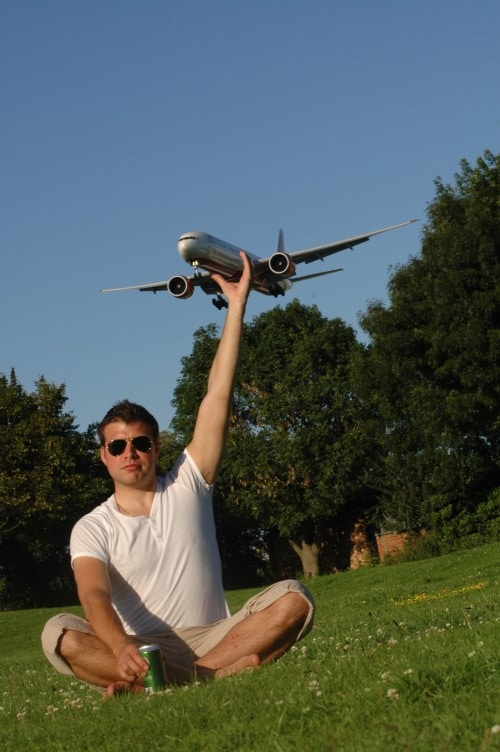
In this photograph, the boy seems to be holding the plane, the eye interprets a distance when the reality is very different. You can achieve this effect and "fool" the viewer in two ways:
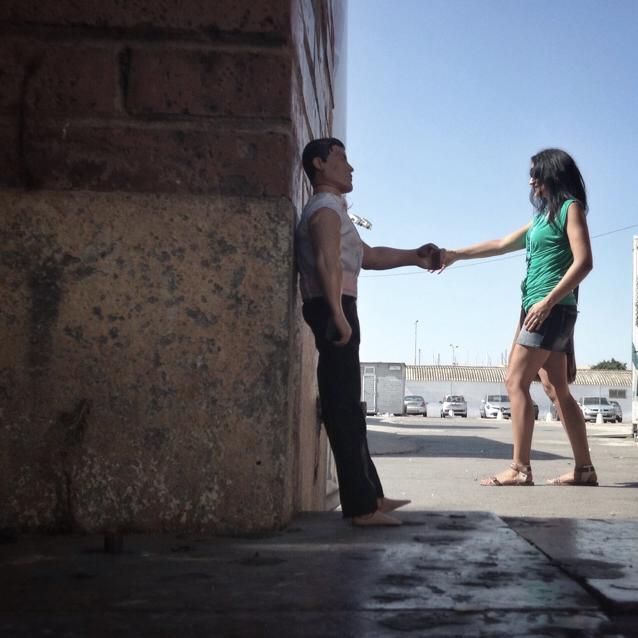

In this image, the position of the objects is played with, if the hand (or another part of the body) of the subject in front covered the one behind, this funny image would not be so funny, because they would not seem to be on the same plane, such and how it happens
To achieve this type of images you just have to take these two aspects into account and add some imagination. Here are some examples to arouse your curiosity and, incidentally, your creativity.
Steven Guzzardi's image of the bank is different from what I was telling you about making objects appear to be on the same plane, however it is another way of tricking the eye by playing with perspective and achieving original and fun images.
HOW TO GET THE MOST OUT OF PROSPECT?
1. Use different lenses to play with depth of field . For example, to photograph a landscape you want the sensation of depth to be as great as possible, for this use a small aperture, or what is the same, a high f number. To photograph people, buildings or larger objects, especially if it is at the same level, it is better that you do the opposite, a small depth of field will blur the background making it appear more distant.
2. To achieve better images using forced perspective, I recommend that you use a small aperture (high f-number) so that all objects are equally in focus. Plan the scene well and take the time to achieve as perfect an image as possible. You will most likely have to take several shots until you get the desired effect. And a trick , shooting from a point of view as low as possible, you will make the objects in the foreground appear much larger.
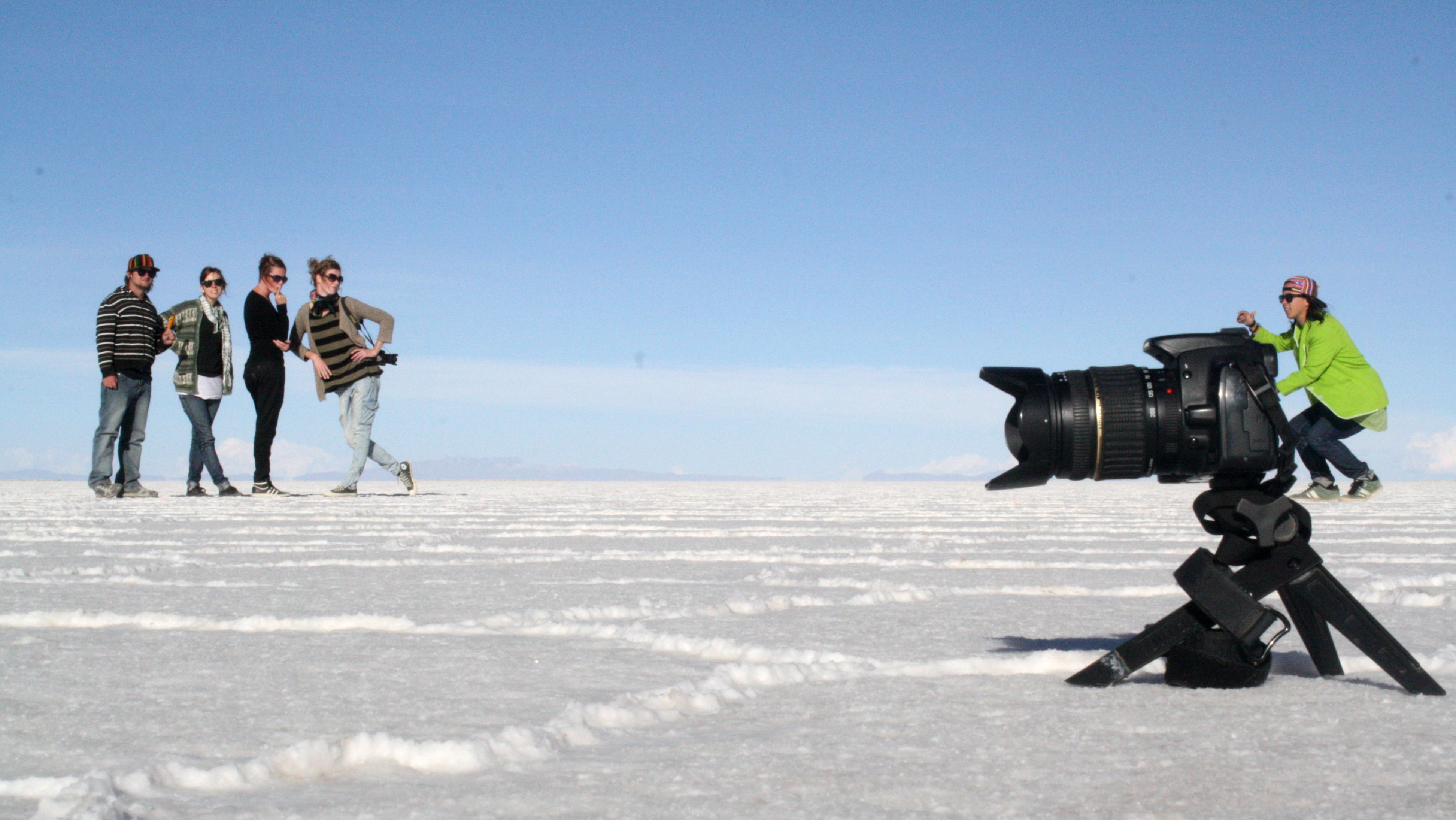
3. The linear perspective will be more evident the more straight lines appear in the composition. You will not achieve this in landscape photography, where straight lines are rare, but it works very well in architectural photography. Look for converging lines, in addition to gaining depth, they will guide the viewer's eye.

4. Shoot from as low a point as possible so the lines appear to start much further apart.

5. You can enhance the size of the objects by comparing them with others of which we have reference, so the viewer can see how big it is. Let me explain, in a landscape there are usually elements that give us clues about the size of what is around, a tree, an animal... However, sometimes there are no such elements that help us, but you can put them. If you want to show the immensity of a mountain, add a human figure, in this way you will also add a center of interest in the image. You can use the same in architectural structures or similar.

6. Look for perspectives or points of view other than the human eye so that your images achieve a greater impact. Put a little imagination and "round it" until you find an impressive image.

PERSPECTIVE IN PHOTOGRAPHIC COMPOSITION, A GREAT TOOL IN LITTLE SPACE
Well, now you have a new tool that takes up no space in your backpack and weighs even less. However, it is a very powerful tool when it comes to composing your photographs. And best of all, you don't even need to leave the house to practice! You can start right now, at home, yes, yes, don't you believe me? Try putting someone in your family inside a coffee cup or shoe, lean out of the window, and look down (or up) through the camera's viewfinder.

